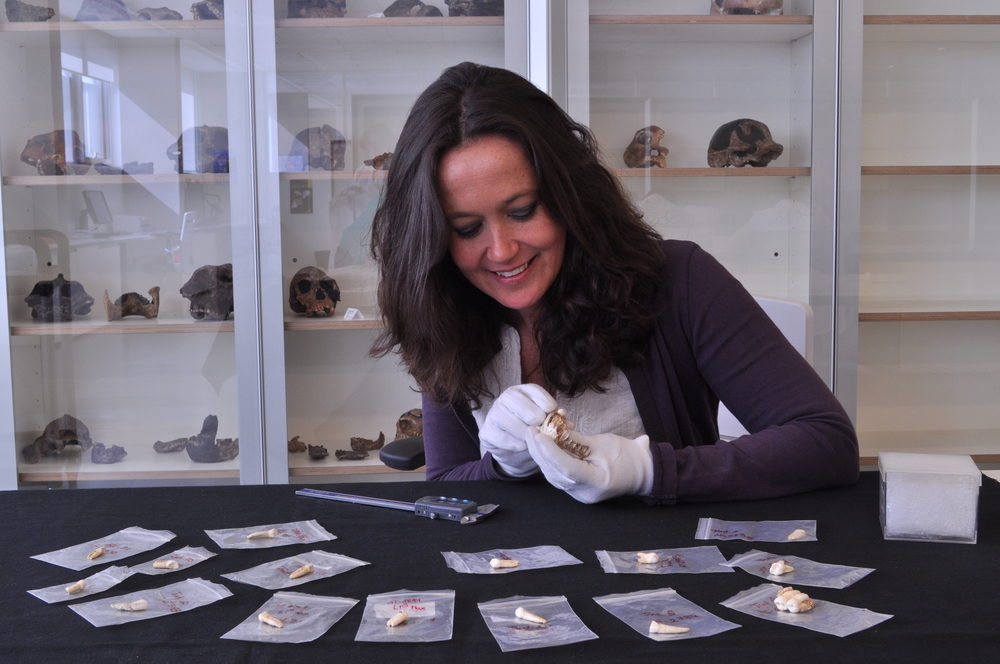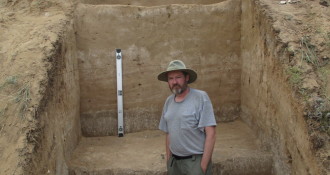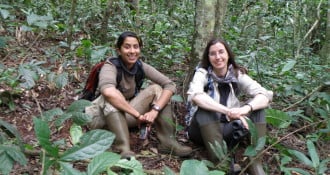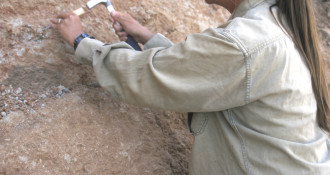
María Martinon-Torres was awarded a Leakey Foundation research grant in the fall of 2012 for her project entitled “Micro-CT study of the Pleistocene human fossil teeth from Atapuerca.”
By allowing researchers to reconstruct the internal structures of fossil dental samples, MicroCT provides a new dataset of variables to characterize and compare human populations, and so this technique provides way to test taxonomic and phylogenetic hypotheses based on classic morphometric studies.
Martinon-Torres and her team focused on the microCT study of fossil dental samples from two sites in Atapuerca (Burgos, Spain), which has provided the most representative remains to help understand human evolution during the Pleistocene in Europe. These two sites, Gran Dolina-TD6 and Sima de los Huesos, are from the Early Pleistocene and Middle Pleistocene respectively.
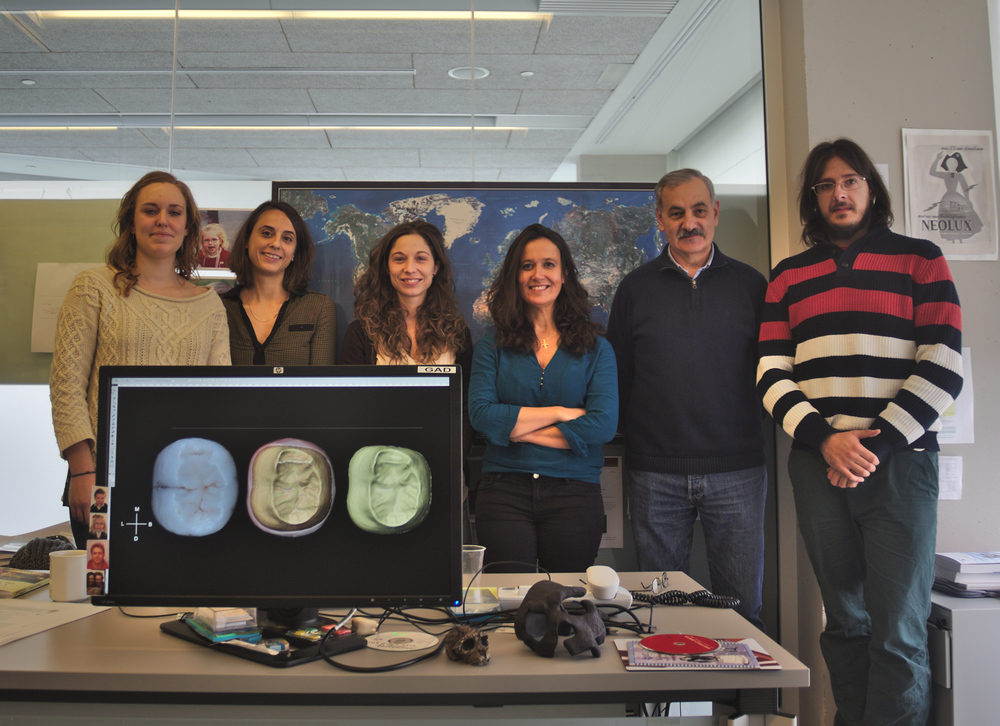
In the report below, Martinon-Torres describes her teams progress in exploring the phylogenetic relationship between Early and Middle Pleistocene populations of Europe and testing hypothesis about the origin of neanderthals.
